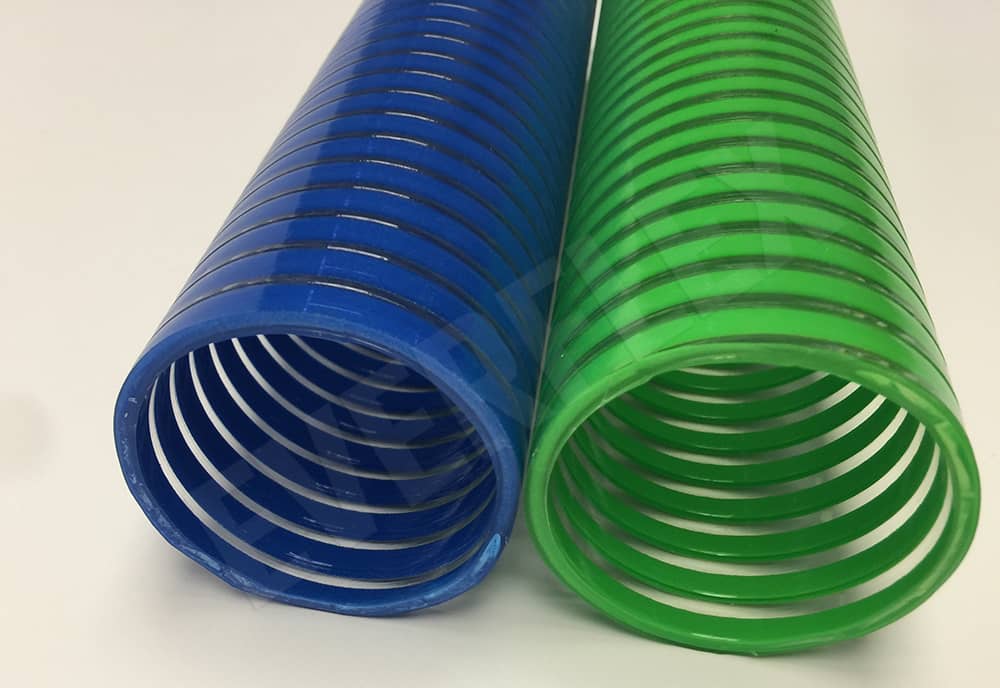Flexibility
Bend the hose at a certain angle and radius to check its flexibility. A good PVC suction hose should be able to bend easily without cracking or kinking, so as to adapt to different working environments.
Air tightness
Perform an air – tightness test on the hose, such as filling the hose with a certain pressure of air and observing whether there is air leakage. Good air-tightness is essential to ensure the normal operation of the hose in use such as suction and conveying of gas or liquid.
Chemical resistance inspection
Resistance to common chemicals
If the PVC suction hose is to be used in contact with certain chemicals, test its chemical resistance. For example, immerse a small sample of the hose in common chemicals that it may encounter in use, such as acids, alkalis, and solvents, for a certain period of time. Then check for any signs of corrosion, swelling or softening.
Working pressure test
Hydrostatic or pneumatic test
Apply a certain working pressure to the hose through a hydrostatic or pneumatic test device. The test pressure should be higher than the working pressure to ensure safety in use. Observe if the hose has any abnormal deformation, leakage or damage during the pressure – holding period.






